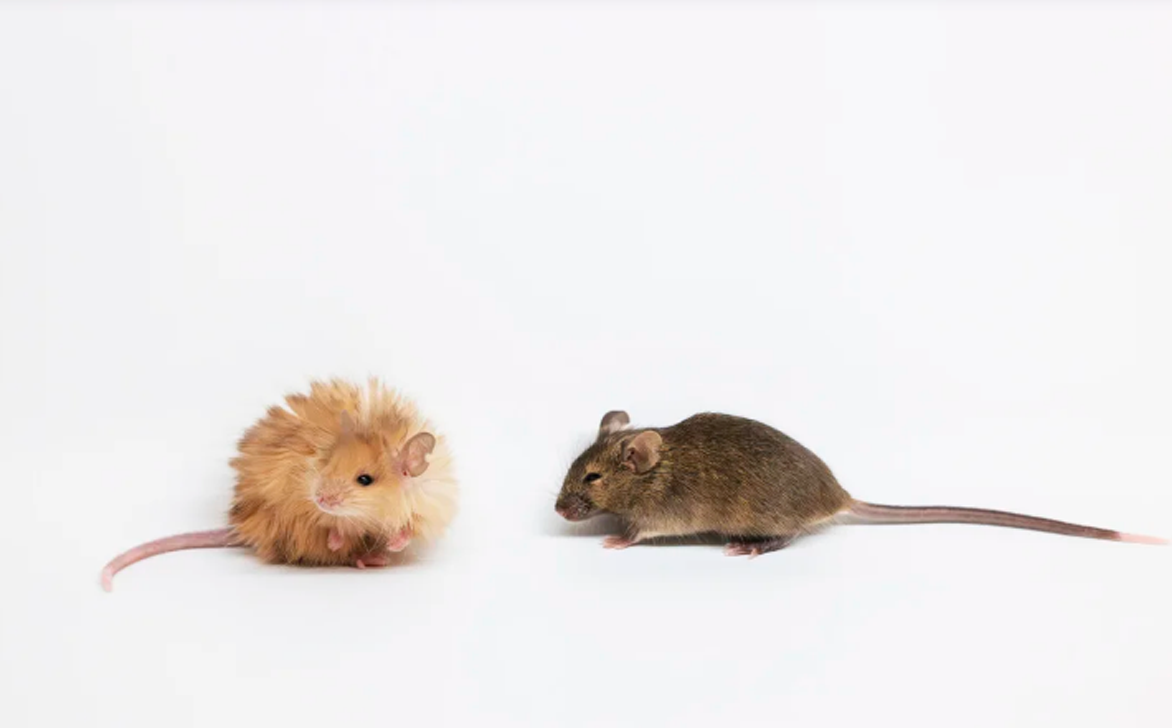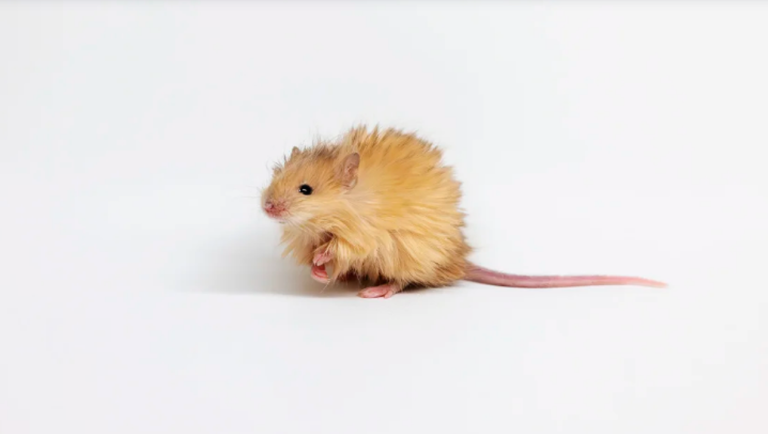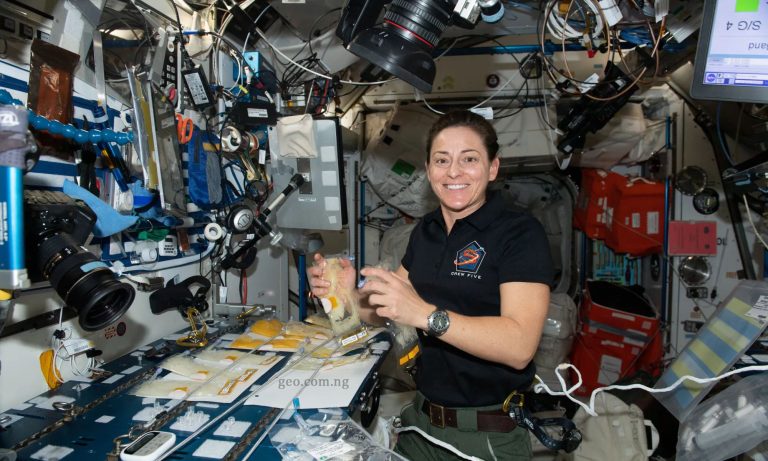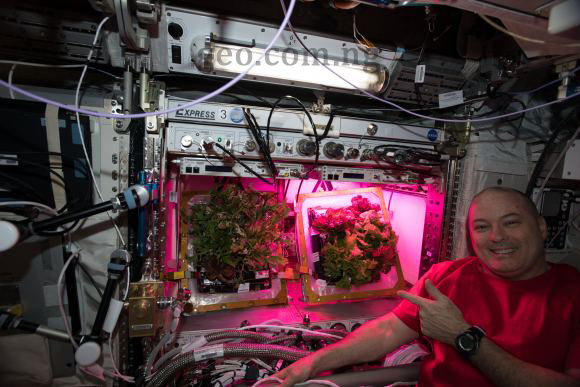Scientists Develop ‘Woolly Mouse’ Exhibiting Mammoth Characteristics: Are We Closer to Bringing Back the Extinct Giant?
The creation of a genetically engineered woolly mouse marks a significant breakthrough in de-extinction research. By integrating mammoth-like traits into a small rodent, scientists are testing innovative gene-editing techniques that could eventually enable the resurrection of extinct species. This pioneering work, led by Colossal Biosciences, offers both promise and challenge in our quest to restore lost fauna.
Summary
- Genetically Modified Model: Researchers have successfully engineered a lab mouse to exhibit traits similar to the woolly mammoth, including longer, shaggy hair and unique fur color.
- Advanced Gene Editing: The study utilized multiple gene edits—targeting genes such as FGF5 and MC1R—to alter hair growth cycles, texture, and pigmentation.
- Pioneering Research Initiative: The work is spearheaded by Colossal Biosciences, a company devoted to de-extinction and ecological restoration.
- Comparative Studies: Techniques used in humanized mouse research, as described in this article, have paved the way for these innovations.
- Ecological and Ethical Implications: While the research shows promise, scientists and critics alike question whether the modified traits translate into functional benefits, such as cold tolerance.
- Future De-Extinction Projects: This breakthrough may lead to ambitious projects aiming to resurrect species like the mammoth, dodo, and Tasmanian tiger, with details discussed in this CNN report and another CNN feature.
- Comparative Genomics: The project draws on genetic similarities with the Asian elephant, detailed by ZSL.
Introduction
The field of genetic engineering is rapidly evolving, opening up possibilities that were once confined to science fiction. One of the most exciting frontiers is de-extinction—the idea of bringing back extinct species by modifying the genomes of their living relatives. Recent breakthroughs by Colossal Biosciences have focused on developing a “woolly mouse” that carries several traits reminiscent of the extinct woolly mammoth. This article explores the science behind this innovation, its potential implications, and the debates that surround the effort to reverse extinction.
Genetic Engineering Breakthrough
The engineering of the woolly mouse involves an intricate process of gene editing that targets specific genetic variants. Scientists at Colossal Biosciences identified key differences between the DNA of the woolly mammoth and its closest living relative, the Asian elephant. By focusing on about ten gene variants related to hair length, texture, and pigmentation, the team was able to create a lab mouse with unique physical characteristics.
FGF5, a gene that regulates hair growth, was one of the primary targets. By modifying FGF5, researchers induced the mouse to develop hair that is three times longer than that of a typical lab mouse. Another significant target was MC1R, a gene that controls melanin production, which resulted in a golden fur coloration—a trait not usually seen in ordinary mice.
The approach involved making eight simultaneous gene edits using state-of-the-art techniques. This multi-target strategy demonstrates not only the precision of current gene-editing technologies but also their potential in reconstructing traits lost to extinction.
Table 1: Comparison of Traits
| Trait | Standard Lab Mouse | Woolly Mouse |
|---|---|---|
| Hair Length | Short and sparse | Significantly longer, akin to mammoth hair |
| Hair Texture | Smooth | Woolly, shaggy texture |
| Fur Color | Typically dark | Golden hue influenced by gene modification |
| Whiskers | Regular in length | Curled whiskers mimicking mammoth characteristics |
| Body Fat Distribution | Typical distribution | Altered for increased insulation potential |
Implications for De-Extinction
This research is more than a curiosity in genetic manipulation—it is a stepping stone towards the ambitious goal of de-extinction. Colossal Biosciences aims to eventually resurrect extinct species such as the woolly mammoth, dodo, and Tasmanian tiger. The concept is based on modifying the genomes of the closest living relatives to mimic the extinct traits. For example, while the woolly mouse is only a model organism, similar techniques could be applied to larger animals.
In an ecosystem where every species plays a specific role, reintroducing extinct animals might help restore ecological balance. In the case of the mammoth, it is believed that these giant creatures once helped maintain the integrity of the Arctic tundra by compressing snow and grass, which in turn slowed the thaw of permafrost. This theory has been discussed in various scientific reports, including those available on CNN.
The research not only exemplifies technological prowess but also provokes important questions about ecological restoration. Can a hybrid creature truly replace an extinct species in its natural habitat? And what are the ethical ramifications of such interventions?

Scientific Perspectives and Criticism
The scientific community is divided on the implications of the woolly mouse research. On one hand, proponents like Dr. Beth Shapiro and Love Dalén see the project as proof-of-principle that complex genetic traits can be resurrected in a controlled laboratory environment. Dalén has remarked that the ability to simultaneously edit multiple genes in mice demonstrates a clear path forward for more ambitious projects.
On the other hand, some experts remain skeptical. Critics, including scientists like Robin Lovell-Badge and Tori Herridge, argue that while the modified mice look promising, there is little evidence that they possess the functional advantages seen in mammoths, such as cold tolerance or enhanced metabolic features. Herridge, a Senior Lecturer at the University of Sheffield, points out that without fully understanding the mammoth genome, any attempt to create a fully functional de-extinct animal will remain an approximation at best.
Table 2: Gene Edits and Their Effects
| Gene | Function | Observed Change |
|---|---|---|
| FGF5 | Regulates hair growth cycle | Induced longer, shaggy hair |
| MC1R | Controls melanin production | Produced golden fur coloration |
| Gene X | Influences hair follicle density | Enhanced texture, giving a woolly appearance |
| Gene Y | Affects body fat distribution | Modified to potentially aid insulation |
Future Prospects
Looking forward, the development of the woolly mouse offers a template for future de-extinction projects. Colossal Biosciences envisions a future where species like the woolly mammoth may once again roam the Arctic. The company has set an ambitious timeline to introduce mammoth-like calves by 2028. Such endeavors could revolutionize conservation efforts, helping to restore lost ecosystems and mitigate the effects of climate change.
However, the road ahead is fraught with challenges. Translating gene edits from a small rodent model to a full-sized animal involves overcoming significant reproductive, ethical, and ecological hurdles. The complexities of elephant reproduction, for example, remain a major obstacle. As noted in discussions on reproductive technologies, working with mice or cattle is relatively straightforward, but elephants present a myriad of unknowns. Detailed information about these challenges is available in articles such as this one.
Challenges and Ethical Considerations
While the technical achievements are remarkable, ethical concerns loom large over the field of de-extinction. The use of genetic editing to resurrect traits or entire species raises questions about animal welfare, ecosystem stability, and the potential unforeseen consequences of introducing hybrid organisms into the wild. There is also the risk that significant financial resources might be diverted from conservation projects aimed at protecting endangered species that are still alive today.
Furthermore, the debate continues on whether these hybrid animals would ever be a true substitute for their extinct counterparts. Critics argue that without every necessary genetic edit, the resulting organism might only be a crude approximation of the original species. This skepticism is a reminder that while science can recreate appearances, fully restoring the intricate biological and ecological functions of extinct animals may require a deeper understanding of their entire genome and biology.
The development of the woolly mouse represents a monumental leap in genetic engineering and de-extinction research. Through innovative gene-editing techniques, scientists have managed to imbue a lab mouse with several key traits of the woolly mammoth. This achievement, spearheaded by Colossal Biosciences, opens up exciting possibilities for future projects aimed at reviving extinct species. At the same time, it brings forth important ethical and scientific challenges that need to be addressed.
The journey toward de-extinction is still in its early stages, and while the path is promising, it is laden with uncertainties. Balancing technological advancement with ecological responsibility will be crucial as researchers move forward. The woolly mouse serves as both a symbol of hope and a catalyst for deeper inquiry into the potential—and the limits—of genetic resurrection.
Fun Facts
- The woolly mouse’s hair is three times longer than that of a standard lab mouse.
- Colossal Biosciences has raised over $435 million to fund de-extinction projects.
- The research utilizes cutting-edge gene editing techniques that have revolutionized modern biotechnology.
- De-extinction efforts may one day help restore lost ecosystems and mitigate climate change effects.
- The revival of extinct species such as the mammoth, dodo, and Tasmanian tiger is being actively explored.



